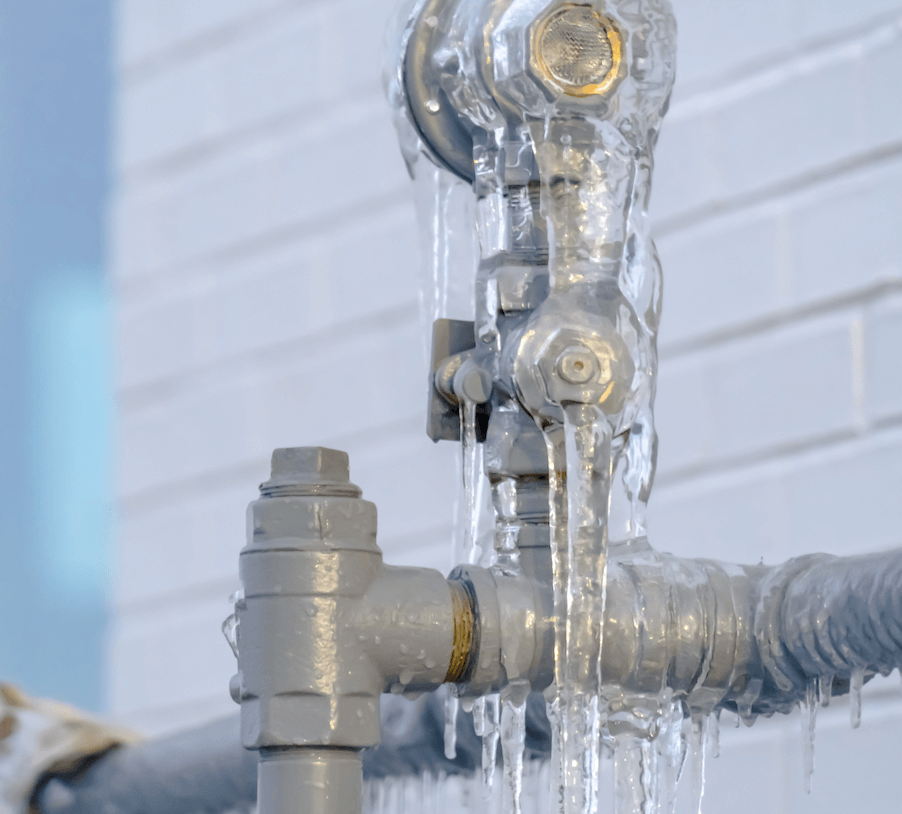How to Defend Your Pipes from Cold Weather: Professional Guidance
How to Defend Your Pipes from Cold Weather: Professional Guidance
Blog Article
Presented here further down you'll find a good deal of brilliant insights all about 6 Ways to Prevent Frozen Pipes.

Winter can ruin your plumbing, especially by freezing pipelines. Right here's exactly how to avoid it from taking place and what to do if it does.
Intro
As temperatures decrease, the threat of frozen pipelines increases, possibly resulting in costly fixings and water damage. Comprehending how to avoid icy pipelines is important for home owners in chilly environments.
Recognizing Frozen Pipes
What creates pipelines to freeze?
Pipes ice up when subjected to temperatures listed below 32 ° F (0 ° C) for prolonged periods. As water inside the pipelines ices up, it broadens, taxing the pipe wall surfaces and potentially causing them to break.
Threats and damages
Icy pipelines can result in water supply disturbances, property damages, and pricey repair services. Ruptured pipelines can flooding homes and trigger considerable architectural damages.
Indications of Frozen Pipes
Identifying frozen pipes early can stop them from rupturing.
How to identify icy pipes
Look for decreased water flow from faucets, uncommon odors or sounds from pipes, and noticeable frost on revealed pipes.
Prevention Tips
Protecting at risk pipes
Wrap pipes in insulation sleeves or utilize heat tape to protect them from freezing temperatures. Concentrate on pipelines in unheated or outside areas of the home.
Heating methods
Keep indoor areas sufficiently heated, specifically locations with pipes. Open cabinet doors to enable cozy air to distribute around pipelines under sinks.
Safeguarding Outside Plumbing
Garden hose pipes and outside taps
Detach and drain garden hose pipes before winter season. Set up frost-proof spigots or cover outdoor faucets with shielded caps.
What to Do If Your Pipes Freeze
Immediate actions to take
If you suspect icy pipes, keep faucets open up to ease stress as the ice thaws. Use a hairdryer or towels soaked in hot water to thaw pipelines gradually.
Long-Term Solutions
Structural adjustments
Think about rerouting pipelines away from exterior walls or unheated locations. Add extra insulation to attic rooms, basements, and crawl spaces.
Updating insulation
Invest in top notch insulation for pipes, attics, and walls. Correct insulation aids maintain consistent temperature levels and reduces the threat of frozen pipes.
Verdict
Avoiding frozen pipes calls for aggressive measures and quick responses. By understanding the reasons, indications, and preventive measures, property owners can shield their plumbing throughout cold weather.
5 Ways to Prevent Frozen Pipes
Drain Outdoor Faucets and Disconnect Hoses
First, close the shut-off valve that controls the flow of water in the pipe to your outdoor faucet. Then, head outside to disconnect and drain your hose and open the outdoor faucet to allow the water to completely drain out of the line. Turn off the faucet when done. Finally, head back to the shut-off valve and drain the remaining water inside the pipe into a bucket or container. Additionally, if you have a home irrigation system, you should consider hiring an expert to clear the system of water each year.
Insulate Pipes
One of the best and most cost-effective methods for preventing frozen water pipes is to wrap your pipes with insulation. This is especially important for areas in your home that aren’t exposed to heat, such as an attic. We suggest using foam sleeves, which can typically be found at your local hardware store.
Keep Heat Running at 65
Your pipes are located inside your walls, and the temperature there is much colder than the rest of the house. To prevent your pipes from freezing, The Insurance Information Institute suggests that you keep your home heated to at least 65 degrees, even when traveling. You may want to invest in smart devices that can keep an eye on the temperature in your home while you’re away.
Leave Water Dripping
Moving water — even a small trickle — can prevent ice from forming inside your pipes. When freezing temps are imminent, start a drip of water from all faucets that serve exposed pipes. Leaving a few faucets running will also help relieve pressure inside the pipes and help prevent a rupture if the water inside freezes.
Open Cupboard Doors
Warm your kitchen and bathroom pipes by opening cupboards and vanities. You should also leave your interior doors ajar to help warm air circulate evenly throughout your home.

I recently found that piece of writing on 6 Ways to Prevent Frozen Pipes when doing a search on the web. Do you know about anybody else who is looking into the subject? Be sure share it. We treasure your readership.
Booking Report this page